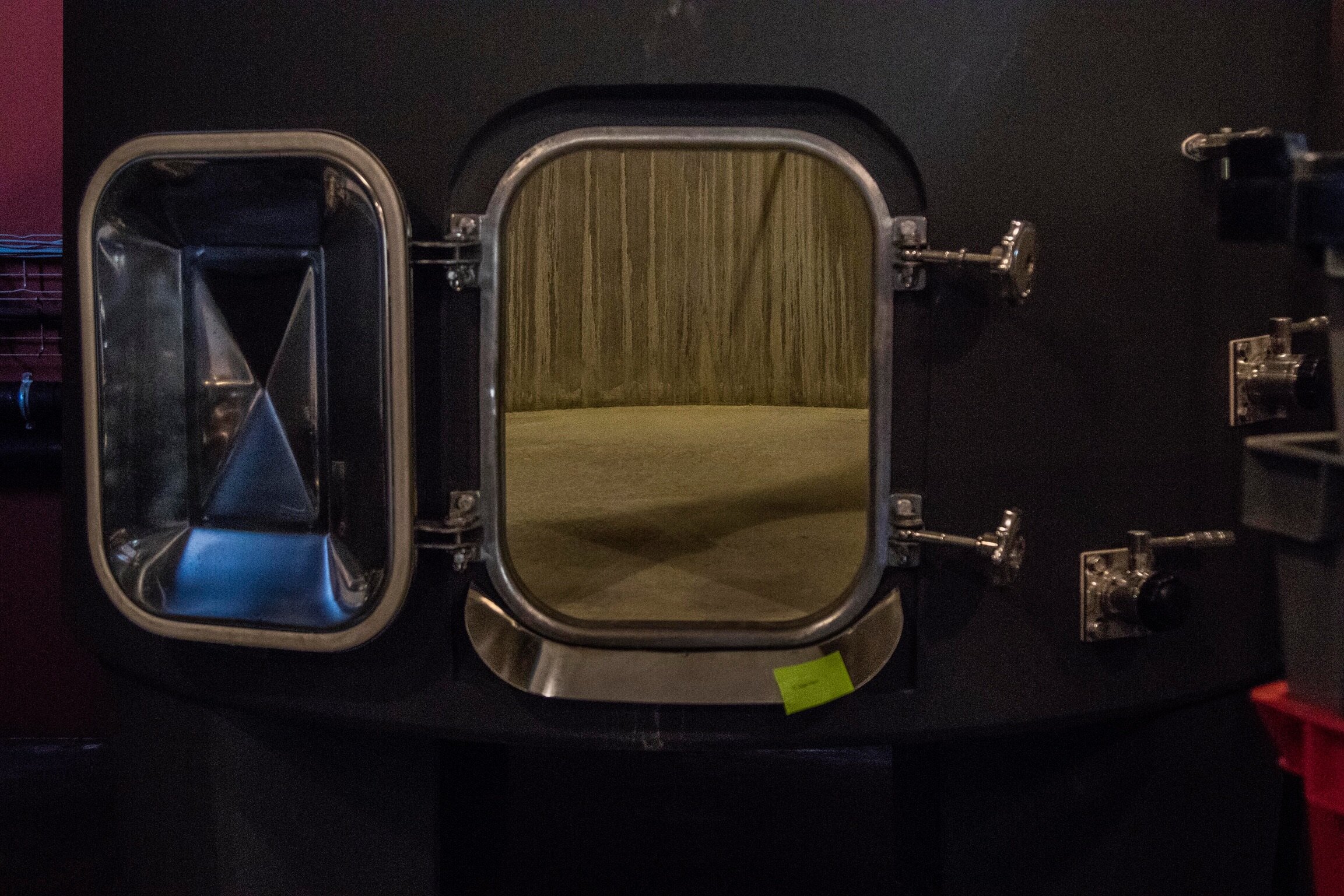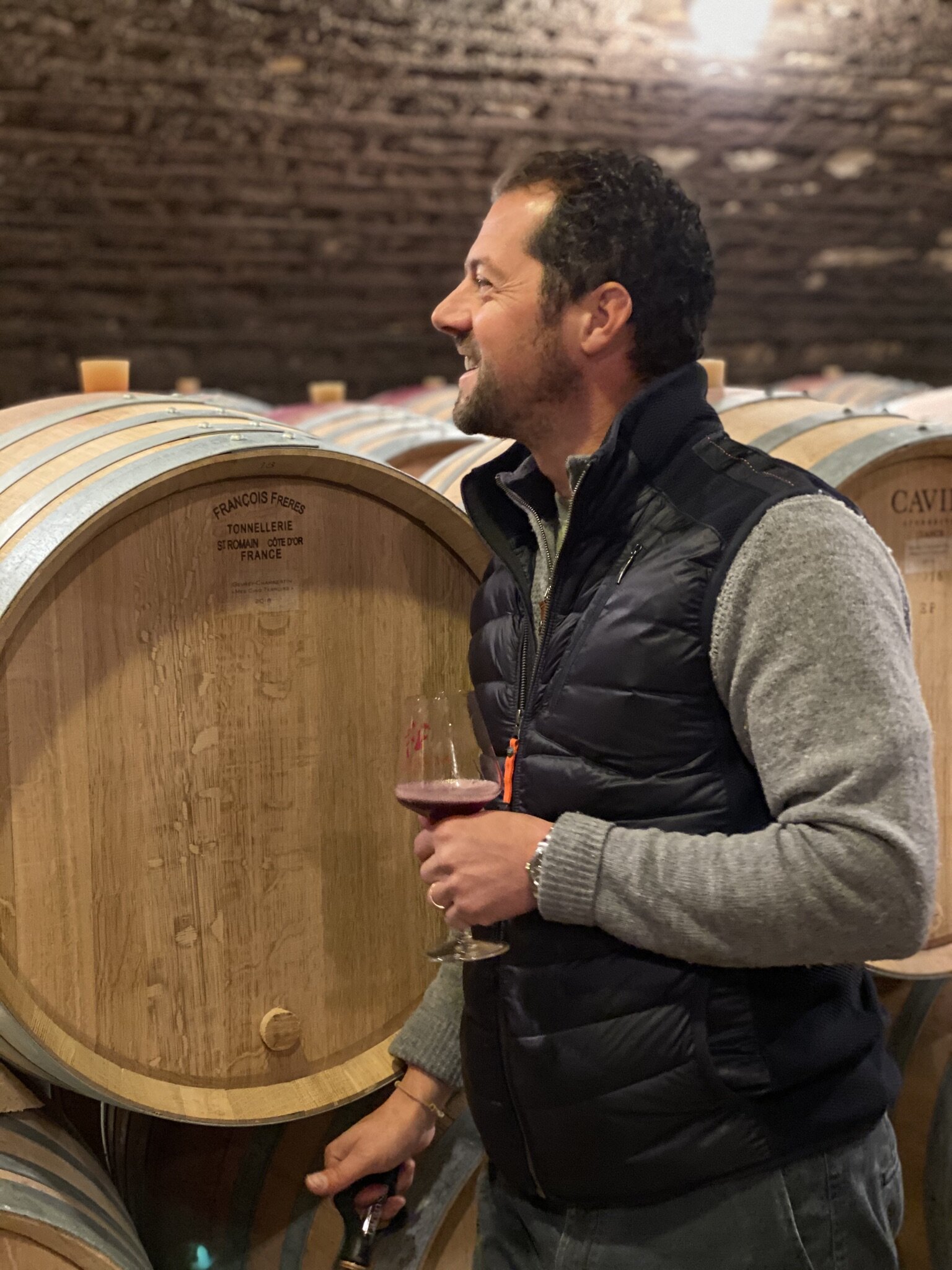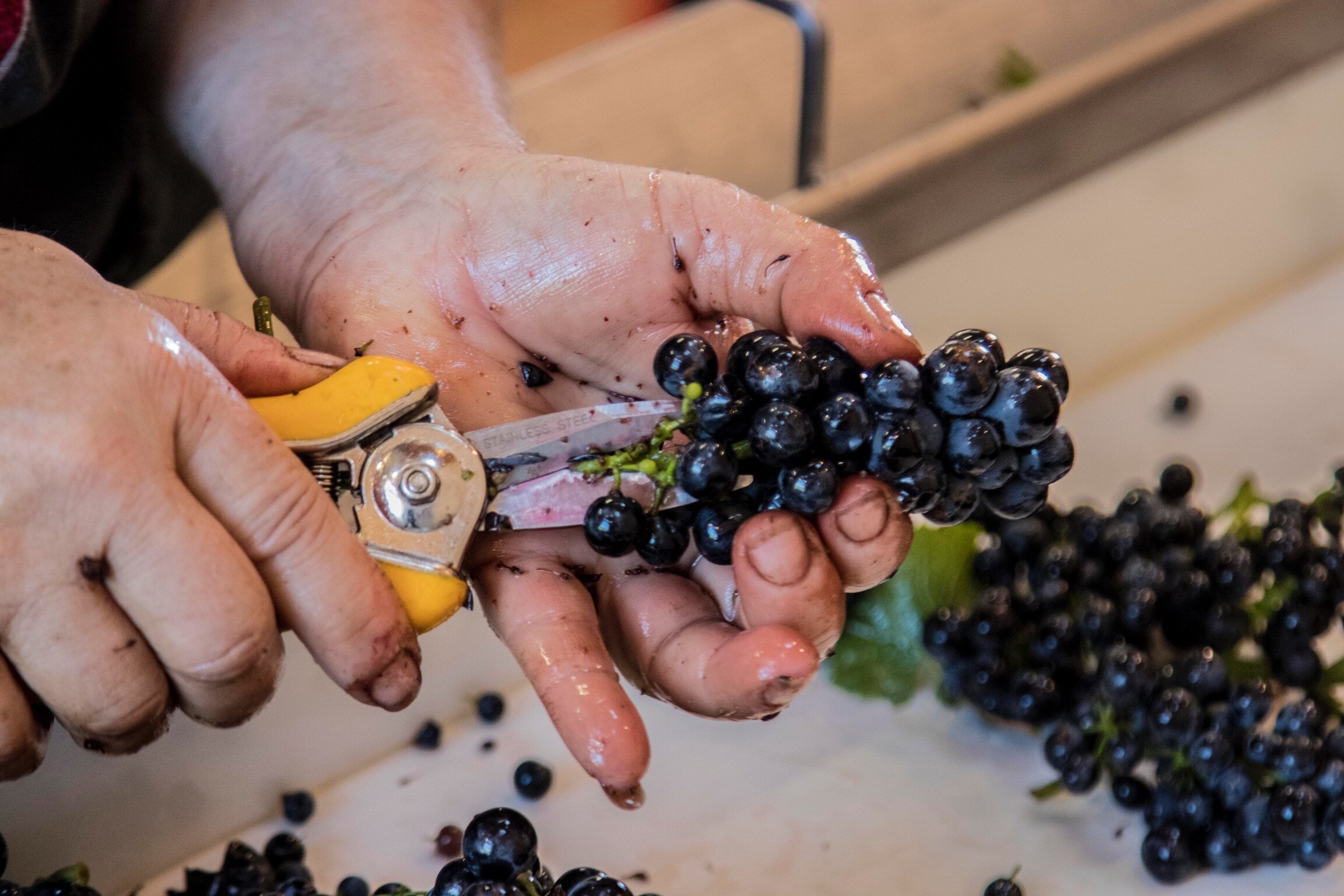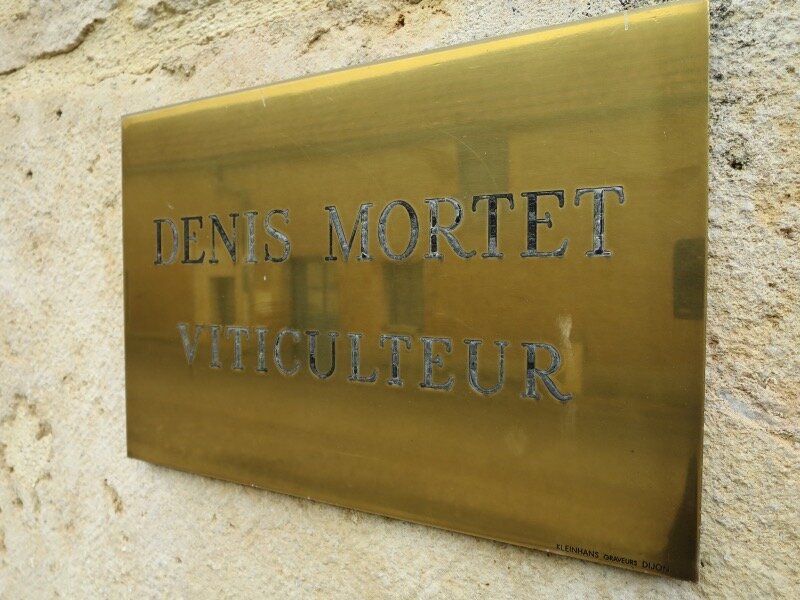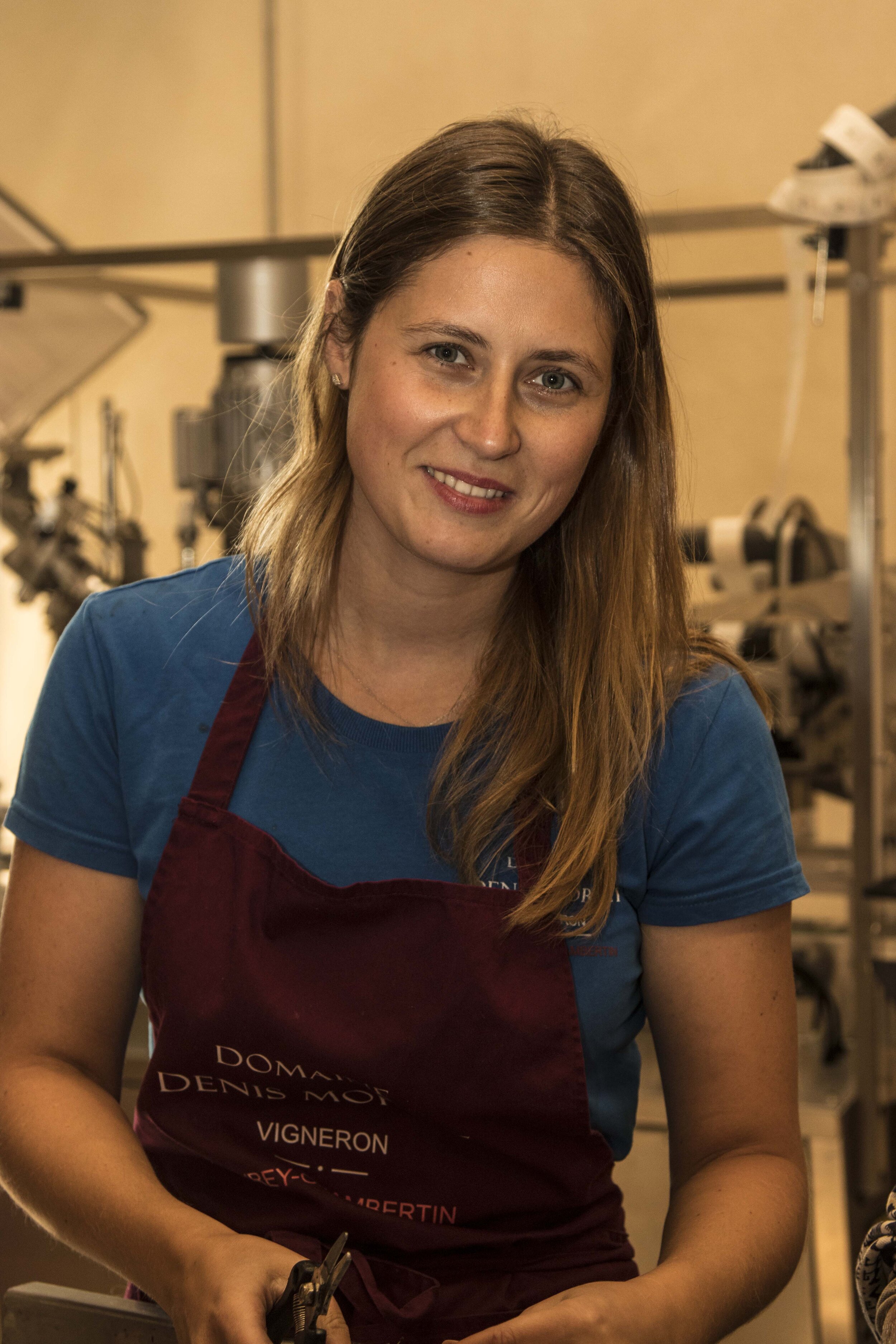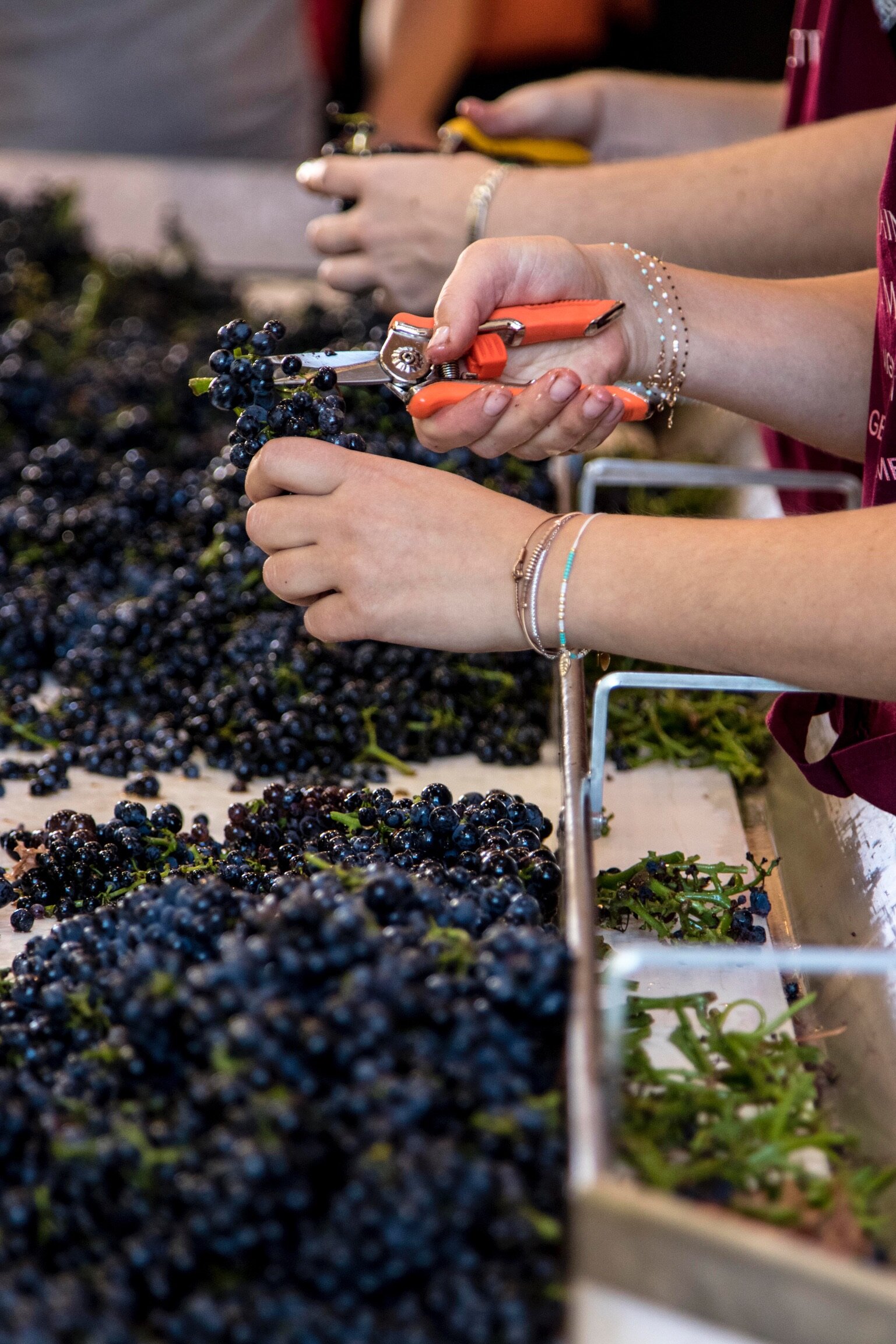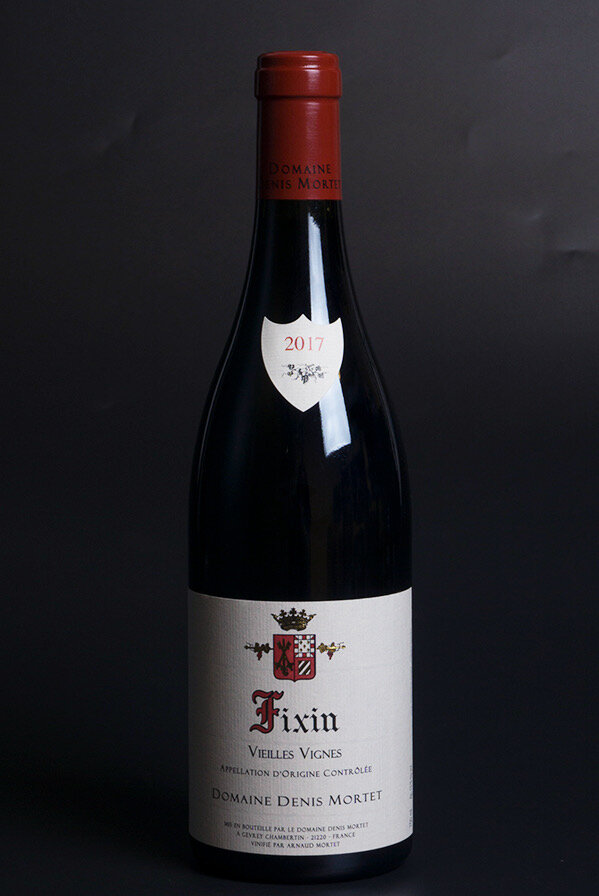DOMAINE DENIS MORTET
Gevrey-Chambertin
The Domaine started with Charles Mortet in 1956 when he purchased one hectare of vines. In 1992 his son, Denis took over. Denis Mortet rapidly became known among Burgundy wine lovers as he produced a series of very good vintages in the 90s, he is still perceived as one of the most emblematic figures in Gevrey-Chambertin. When Denis Mortet passed away in 2006, his son, Arnaud took over the estate. Today, Arnaud works together with his mom, Laurence, and his sister, Clémence.
In 1992, the estate consisted of 4.5 hectares in the municipalities of Gevrey-Chambertin, Chambolle-Musigny and Vougeot. A year later, Denis and Laurence took over a 4-hectare estate adding plots of 1er Cru Lavaux Saint-Jacques, village plots located in En Motrot, Au Vellé, and En Champs, and a plot in Marsannay to their holdings. In 1999 the couple was able to acquire a plot of Chambertin Grand Cru. Today the Domaine counts 16 hectares, including holdings in two more Grand Cru: Bonnes-Mares and Mazis-Chambertin.
Arnaud follows his father’s steps with the same obsession for excellence. The wines are now very true to their origins, but have become more elegant and refined than those of Denis has been in the past.
In the Vineyard
After the immense progress made in the cellar by his father, Arnaud believes that further improvement will come from better management in the vineyard.
Denis Mortet had stopped using weed killers or chemical fertilizers since 1996 and to go further Arnaud Mortet started experimenting with organic farming in 2008. The vineyards are now farmed following the principle of lutte raisonnée.
Another change made by Arnaud in the vineyard was to plough a lot less than his father to protect the structure of the soils and release less nitrogen, which means the grape berries are less swollen. Arnaud believes that small berries are more advantageous because they give a better juice/substance ratio.
Furthermore, Arnaud opted to encourage grassing down with chickweed, a small plant that grows naturally and thickly, without attacking the vine stock.
Trimming is done manually in most of the vineyards to avoid the compaction of the soils. Working by hand is a lot more labor-intensive but it also allowed Arnaud to experiment with high poll training.
Every year, Arnaud replaces between 3,000 and 4,000 vines, which is a low quantity. With the support of the Chamber of Agriculture, a few years back the domaine began making their own massal selections in a Champeaux plot of vines, which belonged to Charles Mortet.
In the Cellar
Harvest is carried out manually and the grapes arrive in the cellar in small plastic crates. Sorting in the vat house is done on a vibrating table.
After the sorting, great attention is paid to de-stemming, to ensure as little damage as possible to whole berries. Arnaud Mortet started experimenting with whole-bunch fermentation in 2010 realizing that de-stemming bunches with mix-sized berries without damaging the grape was impossible. Now the team removes all bunches with mixed-size berries from the sorting table and then puts them as whole bunches on top of grapes that have been de-stemmed.
Fermentation begins with natural yeasts in stainless-steel vats. Vatting time lasts between 18 and 20 days and barely 14 days for small quantity wines like Chambertin. Arnaud Mortet only carries out cap-punching 5 or 6 times.
According to the wines and the vintage, maturation lasts between 16 and 18 months. Very little new wood is used now.
The wines are bottled unfined and unfiltered.
“Before being made in the cellar, wine is made in the vineyard with loose, excellent soils, which enable vines to plunge their roots down deep”
Chambertin Grand Cru
The Mortets own 0.15 hectares of vines in the Chambertin. Known as the King of Burgundy, the Chambertin, is located between Chambertin Clos de Bèze and Latriciéres-Chambertin just above Charmes-Chambertin. The tiny plot was planted in 1955 and 1957.
Prior to owning the vineyard in 1990, Denis Mortet made wines from Chambertin from Metayage plots.
Clos Vougeot Grand Cru
This Clos de Vougeot Grand Cru comes from the ‘Montiotes Basses’ section of Clos Vougeot. The 0.32-hectare parcel is planted with 50-year-old vines. 1,500 bottles are produced every year.
Échézeaux Grand Cru
This Échézeaux Grand Cru comes from a small 0.25-hectare parcel in the lieu dit: En Orveaux, on the upper slope above Clos de Vougeot and Grands Echezeaux.
The 50-year-old vines are planted on very little topsoil with the mother rock right near the surface. Only 500 bottles are produced every year.
Bonnes-Mares Grand Cru
This Bonnes-Mares Grand Cru comes from the middle section of Bonnes-Mares on the Chambolle-Musigny side. The Mortets owns 0.35 hectares of 70 years old vines. Only 800 bottles are produced every year.
Mazis-Chambertin Grand Cru
This Mazis-Chambertin comes from a parcel on the southwest corner of Mazis-Hauts, directly bordering Clos-de-Bèze. The 0.25-hectare parcel is planted with 70 years old vines. Only 500 bottles are produced every year.
Gevrey-Chambertin 1er Cru
Lavaux-Saint-Jacques
Lavaux-Saint-Jacques is known to be one of the top 1er Crus in Gevrey, tucked up towards the Combe de Lavaux, it is a cooler site due to the stream of fresh air flowing through by the Combe.
On a south-facing slope, the vines of the Mortet’s plot are on average 60 years old.
Gevrey-Chambertin 1er Cru
Les Champeaux
Les Champeaux sites on the same slope as Clos Saint-Jacques, Lavaux Saint-Jacques and Cazatiers in the northern section of Gevrey.
East facing, the 0.45-hectare parcel is planted with 70-80-year-old vines. The limestone mother rock is very close to the surface here.
Gevrey-Chambertin 1er Cru
This Gevrey-Chambertin 1er Cru is made from 3 lieux-dits. Cherbaudes, directly below Mazis-Chambertin, Petite Chapelle touching the Grand Cru Les Gemeaux and Bel Air, a high altitude parcel that sits directly above Clos de Bèze, a continuation of Ruchottes-Chambertin. The vines of these parcels are on average 50-year-old.
Gevrey-Chambertin Village
Mes Cinq Terroirs
The Gevrey Chambertin Village “Mes Cinq Terroirs” is a blend of different “super” Lieux-Dits: Au Vellé, En Derée, En Motrot, Combe dessus, En Champs; planted with old vines. In good vintages, this wine could easily pass for a 1er Cru.
Marsannay Village
Les Longeroies
Les Longeroires is one of the top village sites in Marsannay, adjacent to Clos du Roy. This cuvée is made from a 1.1-hectare parcel of 50-year-old vines planted on reddish marl with limestone underneath.
Fixin Village
Vieilles Vignes
This Fixin village is a blend of two lieu dits: Champs Pennebaut in the northern section of Fixin and Champs des Charmes in the southern section of Fixin. The 0.75-hectare parcel is planted with 60-year-old vines.
Bourgogne Pinot Noir
Cuvée de Noble Souche
This Bourgogne Pinot Noir is made from a 1-hectare parcel in the village of Daix, just northwest of Dijon. The vines are on average 35 years old.






